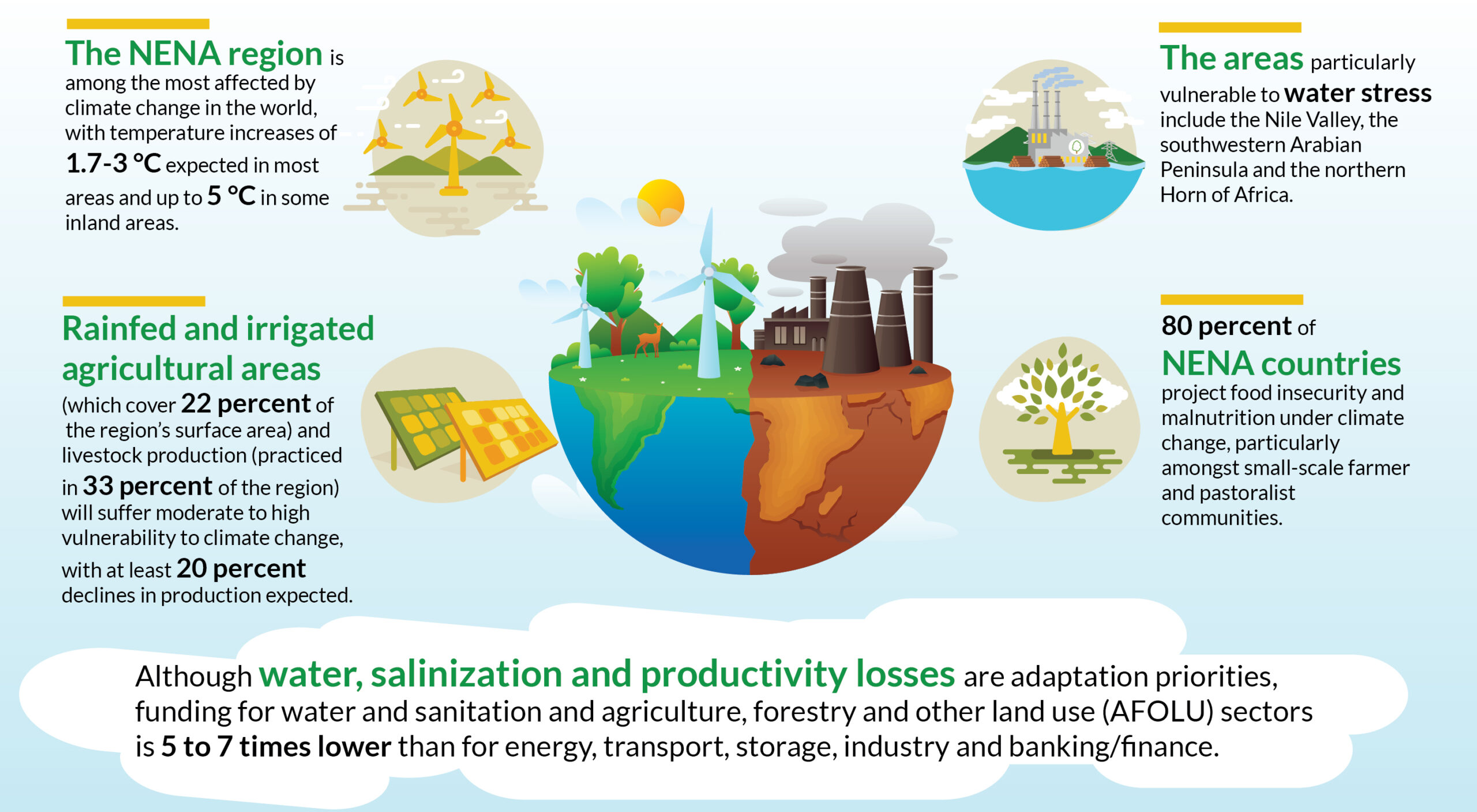Climate change significantly impacts both animal nutrition and fodder production. Changes in temperature, precipitation patterns, and the frequency of extreme weather events can affect the quality and availability of animal feed, leading to challenges in maintaining livestock health and productivity. Here’s how climate change can impact animal nutrition and fodder production, along with some strategies to mitigate these effects:
Impact on Fodder Production:
- Altered Growth Patterns: Changes in temperature and precipitation can affect the growth patterns of fodder crops. Some crops might thrive in new conditions, while others may struggle to adapt.
- Water Scarcity: Droughts and altered rainfall patterns can lead to water scarcity, affecting the irrigation of fodder crops. Lack of water can result in stunted growth and decreased yields.
- Pest and Disease Outbreaks: Changes in climate can lead to the proliferation of pests and diseases that affect fodder crops, necessitating increased use of pesticides and impacting crop yields.
Impact on Animal Nutrition:
- Changes in Nutrient Content: Altered climate conditions can affect the nutrient content of plants. For example, elevated CO2 levels can lead to a decrease in protein content in some crops, affecting the quality of animal feed.
- Toxin Accumulation: Climate change can create conditions favorable for the growth of fungi and molds on crops, leading to increased mycotoxin contamination. Mycotoxins can be harmful to animals, impacting their health and productivity.
- Limited Forage Availability: Reduced fodder production means limited forage availability for livestock. This scarcity can lead to overgrazing and soil degradation, further exacerbating the challenges in fodder production.
Mitigation Strategies:
- Diversification of Fodder Crops: Farmers can diversify their fodder crops to include varieties that are more resilient to changing climate conditions. Research into climate-resilient crop varieties is essential.
- Improved Water Management: Implementing efficient irrigation techniques, rainwater harvesting, and water conservation practices can help mitigate the impact of water scarcity on fodder production.
- Crop Rotation and Soil Health: Practices such as crop rotation and improving soil health through organic farming methods can enhance the resilience of crops to climate change and reduce the reliance on chemical inputs.
- Early Warning Systems: Developing early warning systems for pest and disease outbreaks can help farmers take preventive measures, reducing the need for excessive pesticide use.
- Research and Education: Continued research into climate-resilient fodder crops, sustainable agricultural practices, and educating farmers about climate-smart techniques can significantly contribute to adapting to changing climate conditions.
- Policy Support: Governments and policymakers can support farmers by implementing policies that promote sustainable agriculture, provide incentives for climate-smart practices, and invest in research and development of climate-resilient crops.
Addressing the challenges posed by climate change in animal nutrition and fodder production requires a multidisciplinary approach involving farmers, researchers, policymakers, and agricultural experts working together to develop innovative and sustainable solutions.


